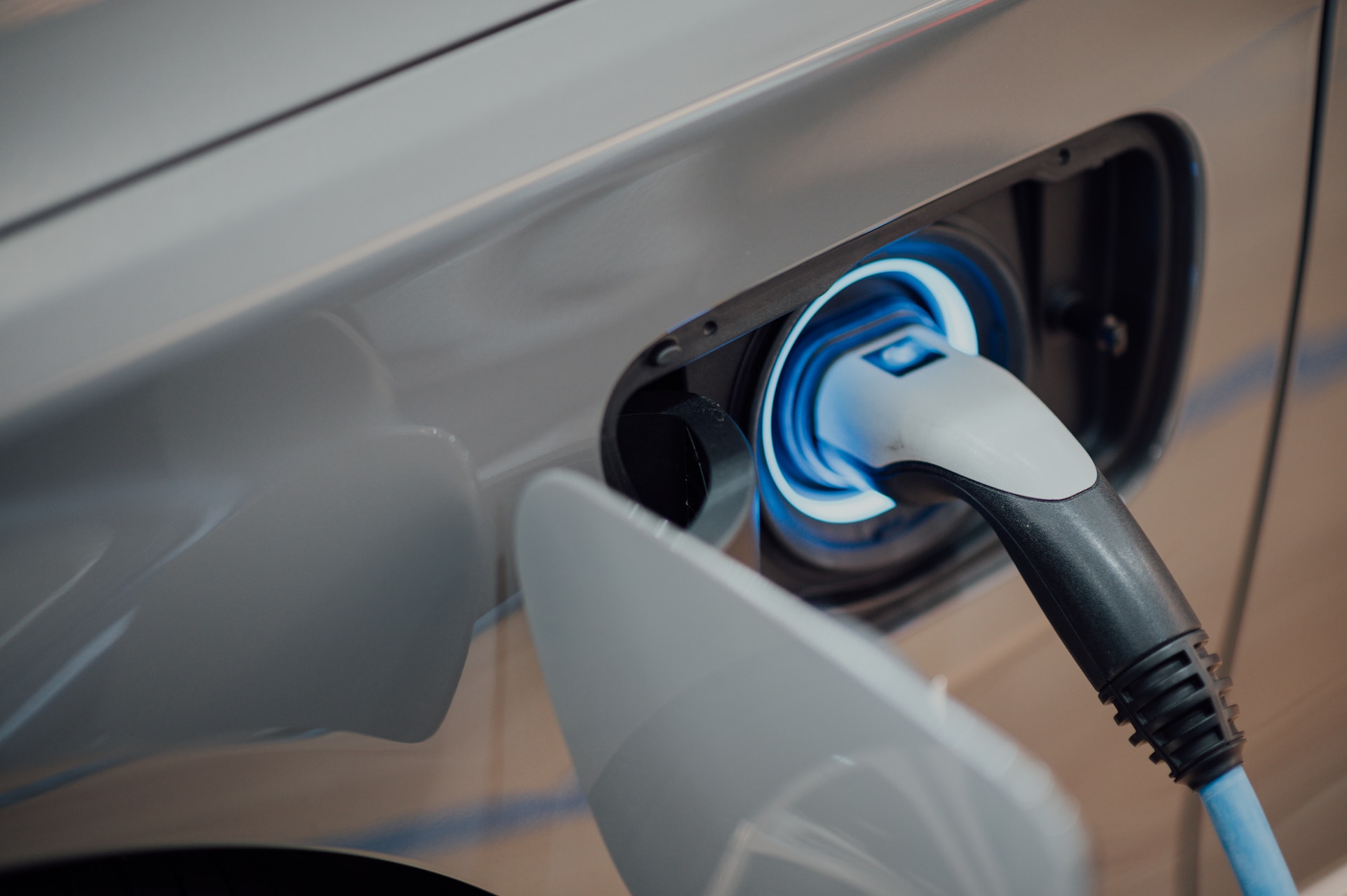Booster seats are designed to keep older children safe once they no longer fit in their car seats and are not yet eligible to use seatbelts. If your child is ready to make the car seat switch, here are five tips to help you choose the right booster seat to ensure your young one’s safety inside a vehicle.
Know when to change to a booster seat
Since rear-facing child-restraint seats offer more security, especially during vehicle collisions, the American Academy of Pediatrics strongly advises that children should be kept in this seat position until they have reached the age and weight requirement maximum thresholds. They also recommend that kids who outgrew the forward-facing car seat limit use a belt-positioning booster seat until the shoulder seat belt and vehicle lap fit them correctly.
If your child has yet to reach the standard minimums, avoid making the switch and keep them in their appropriate child-restraint seats as long as possible. You should also consider your young one’s developmental needs, as they must be mature enough to remain properly seated throughout the car journey.
Understand your state’s booster seat regulations
Booster seat laws differ from state to state, so learning about your area’s booster seat regulations is essential. These governing rules can also change, so remember to keep yourself updated, especially if you have plans to relocate.
Explore your options
Booster seats come in various forms. The common types include backless boosters, high-back boosters, and combination seats. If your vehicle doesn’t have a backseat headrest, it would be best to use a high back booster with a 5 point harness, as they provide better restraint and protection to your child.
Alternatively, if you’re looking for a more economical option and your vehicle has headrests, consider getting a backless booster seat. Not only are they affordable, but they are also lightweight and easier to reposition. Compare the differences between these booster seat styles, and select the one that fits your child perfectly.
Invest in quality features
While saving money is ideal, there’s no price tag when it comes to your child’s safety. However, expensive booster seats don’t necessarily equate to high-quality seats, so choosing a trusted brand is vital. List your booster seat non-negotiables and categorize them by priority.
Since children grow quickly, a booster seat that provides easy headrest adjustment can save you from unnecessary stress and wasteful effort. For families with multiple children, a narrow booster seat might be best as they can comfortably fit in the backseat without compromising your young ones’ safety. Consider your family’s needs and invest in the features you value the most.
Test the fit
Fit is integral when choosing a booster seat, so testing it pre-purchase is essential. A great booster seat can position the seat belt properly while providing support and protection to your child. Remember that the primary purpose of a booster seat is to keep your child safe and comfortable in the unfortunate event of a car accident, so take note of these tips and spend wisely.







